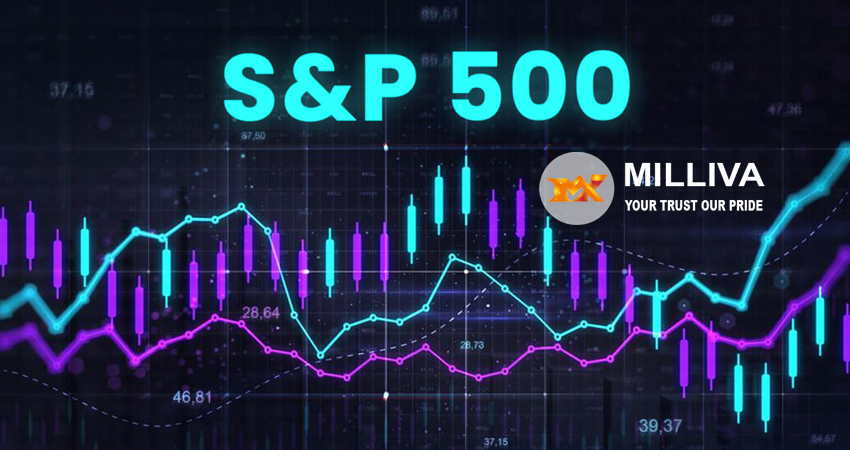Are You Familiar with S&P 500 Mini Index in Forex?

![]()
S&P 500 Mini index:
The E-mini S&P 500 mini index is a Chicago Mercantile Exchange (CME) electronically traded futures product. That represents one-fifth of the value of the conventional S&P 500 futures contract. E-mini contracts purchased. On a variety of indices, including the Nasdaq 100, S&P Midcap 400, and Russell 2000, as well as gold and the euro.
Know More About S&P 500:
The Standard & Poor’s 500 Index, or S&P 500, is a market capitalization-weight index. That tracks the 500 largest publicly list out firms in the United States. It’s used to measure the performance of the larger US equities markets.
Futures are financial contracts in which the buyer agrees to buy an asset or the seller agrees to sell an asset, such as a physical commodity or a financial instrument, at a future date and price. Futures contracts specify the quality and amount of the underlying asset and are standardized to make futures trading easier. Some futures contracts require the asset to be physically delivered, while others are settled in cash.
The value of the full-sized S&P 500 contract had grown too enormous for most small traders, therefore on Sept. 9, 1997, the first E-mini contract, the E-mini S&P 500, began trading. 3 It was only worth a fraction of the full-sized contract.
The E-mini opened up futures trading to a wider range of investors. It was an immediate success, and E-mini contracts now cover a wide range of indices, commodities, and currencies. The E-mini S&P 500, on the other hand, continues to be the most actively traded E-mini contract on the planet.
S&P 500:
The E-minis’ daily settlement prices are roughly the same as the regular-sized contracts, however, rounding may create tiny changes (resulting from differences in the minimum tick sizes between the E-mini contracts and full-sized contracts). In the same contract month, a position with five E-mini S&P 500 futures contracts has the same financial worth as one full-sized contract.
The contract size is calculated by multiplying the futures contract price by a contract-specific factor. For example, the E-mini S&P 500 has a contract size of $50 times the S&P 500 Index. The contract’s value would be $129,000 ($50 x 2,580) if the S&P 500 was trading at 2,580.
Many active traders consider E-minis to be a perfect trading tool since they provide round-the-clock trading, low margin rates, volatility, liquidity, and increased affordability.

S&P 500 E-Mini Trade Example:
Assume a trader is looking for a break above 2,970 on the S&P 500 E-mini, which has created a short-term resistance region. The trader believes that if the price can break over that level it will journey to 3,000.
At the time of writing, the price is 2,965. They will purchase one contract if the price rises above 2,970. Assume they are offered $2,970.50. They set a stop loss at 2,960, implying a 10.5-point risk. Because each point is worth $50, the trader’s risk is $525 (10.5 x $50).
A limit order to sell at their target level of 3,000 is also placed by the dealer. The profit is $1,475 ((3,000 – 2970.50) x $50) if the goal is met.
The trader is not compelled to acquire the whole contract, which now has a value of $148,525 (2,970.5 x $50). Rather, the trader is just required to put up a margin. The trader is only obliged to deposit the day trading margin if the position is only held for the day. This may be as little as $400 with some futures brokers.
S&P 500:
In this scenario, the trader might lose $525 plus commissions on the deal, thus if the margin is $400, the trader should have at least $925 in their account, plus commissions. Because the S&P 500 E-mini may move fast, especially during high-impact news releases, traders should always have more than the minimum needed day trading margin in their account to prevent margin calls or having positions liquidated by the broker.
The CME requires traders to have at least $6,300 in maintenance margin in their account to hold the contract overnight. Many traders recommend risking no more than 1% to 2% of your account equity on every single deal. In this scenario, the trader is putting $525 on the line. As a result, they should have at least $26,250 to $52,500 in their account ($525 x 50 and $525 x 100) if they wish to restrict the risk to 1% to 2% of their account balance.

Visit us on: www.milliva.com





